the use of ornamental terra cotta in chicago before and after the great fire of 1871
This entry was posted on May 22 2022 by Eric
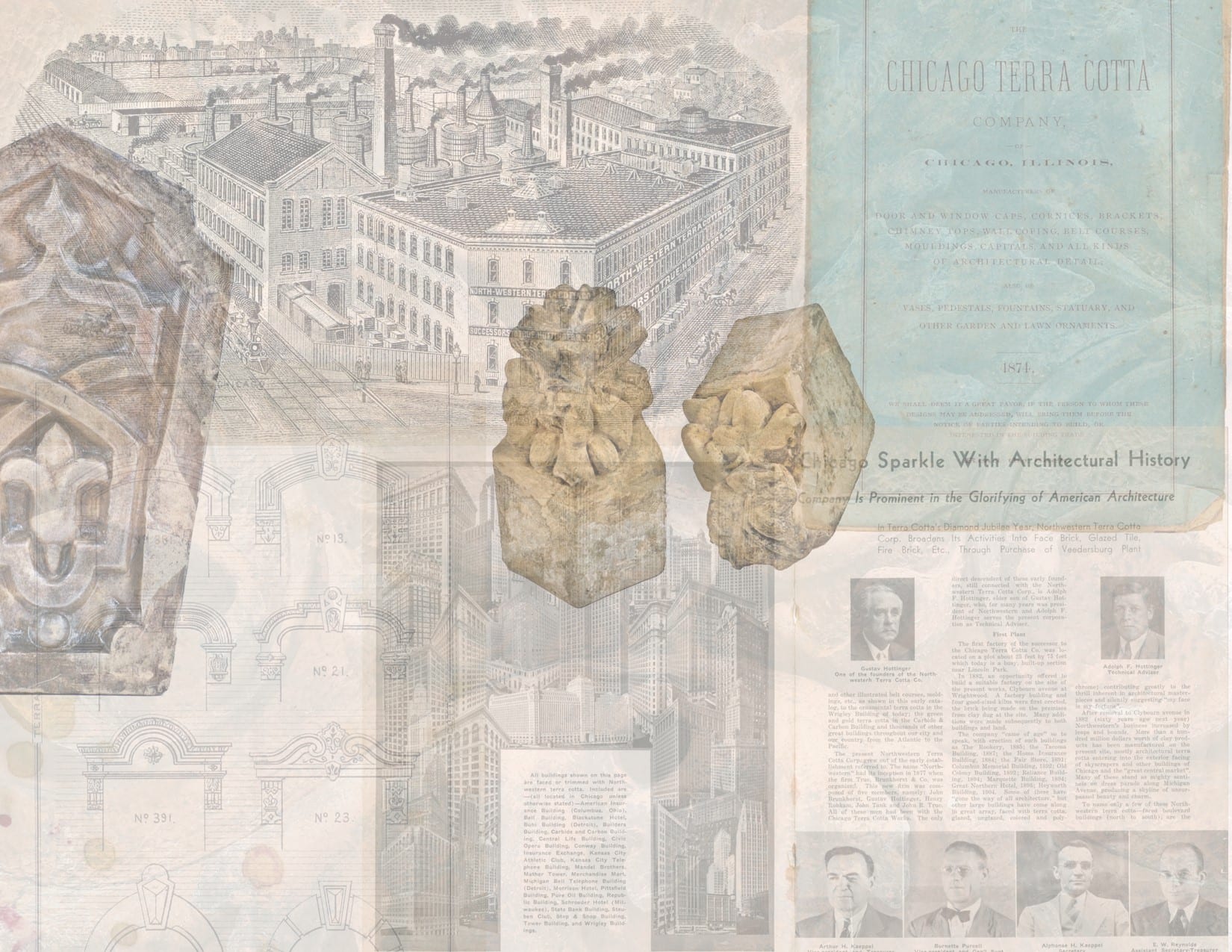
terra-cotta, the most enduring of all building materials, has been used to a greater or less extent from a high antiquity in continental europe, and in england terra-cotta trimmings were used in building as early as the fifteenth century. in the united states this material does not seem to have been introduced until after 1850. experiments were made in this direction in 1853 by mr. james renwick, a prominent new york architect, but the innovation was not received with favor by builders. in 1870 the chicago terra-cotta company brought over from england mr. james taylor, superintendent of the well-known works which were established by mr. j. m. blashfield, in 1858. by the introduction of the english methods, the chicago establishment soon turned out better work than had been before produced in the united states.
the chicago terra cotta company dates back to 1866, but it wasn't until 1868 that the company was named and operations established here in chicago, at the corner of laflin and 15th streets. the four men behind the company, from president to treasurer, were samuel barrett, j.f. nichols, joseph glover, and sanford e. loring, who, at the time was a practicing architect trained by john m. van osdel, widely considered to be chicago's first architect. loring's partner was william lebaron jenney, who would go on to design the first metal-framed skyscraper, and whose salvaged terra cotta ornament, fabricated by the chicago terra cotta company for the starkweather building (1875) is featured in this post.
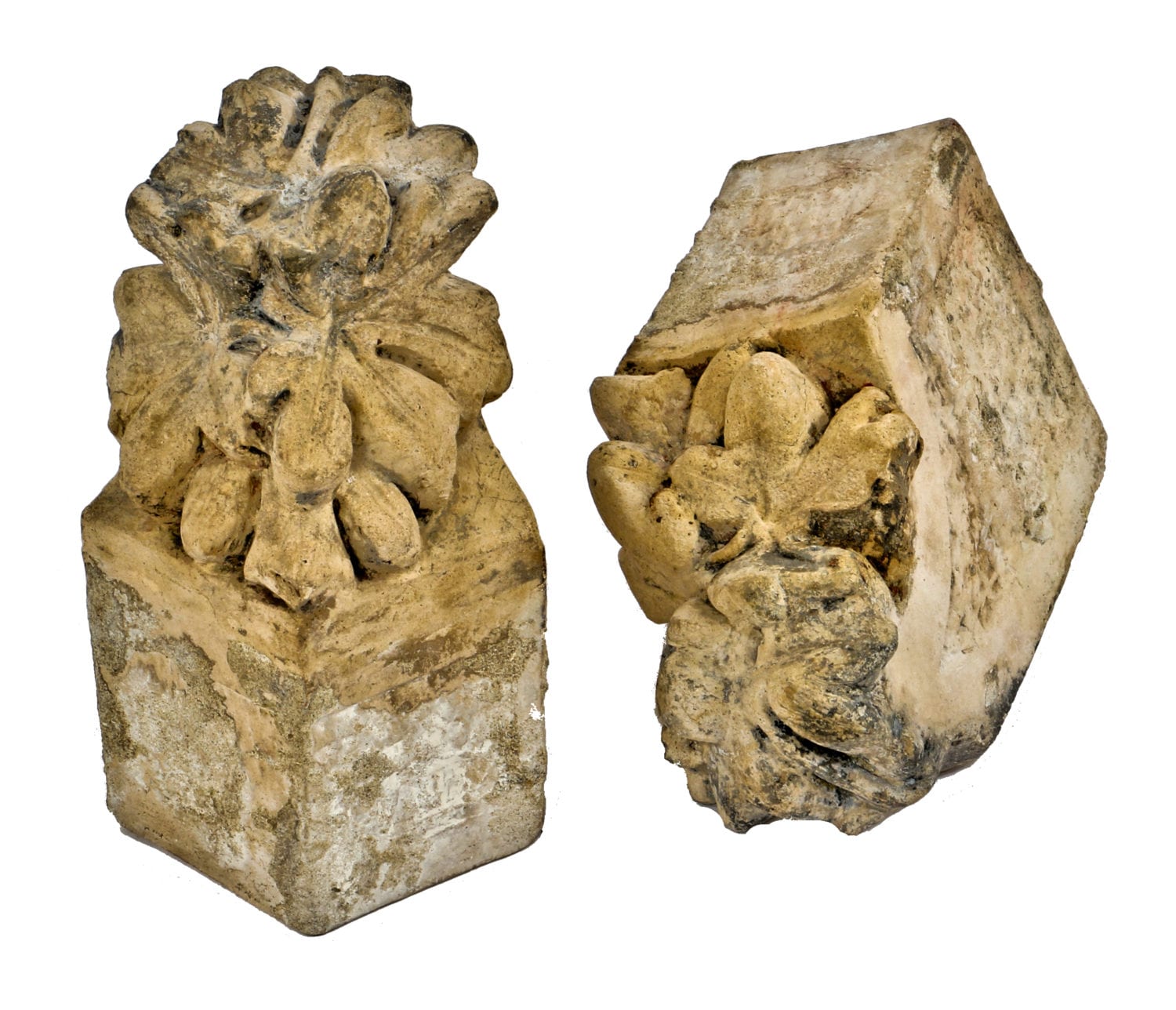
buff-colored terra ornament salvaged from the starkweather building (1875), located at 422 s. state street (demolished). the building was built by architect william la lebaron jenney.
shortly after the great chicago fire of 1871, the chicago terra cotta company was inundated with orders for terra cotta to help in rebuilding commercial and residential structures within the "burnt district." the company's output consisted mainly of cornices, window hoods or "caps," keystones (see example below), and other ornament that could be furnished more cheaply than iron or stone. after the fire, the company developed several "stock patterns" made available for purchase through their product catalogs distributed to builders and architects alike. examples of their ornament are found below from pages of their 1874 product line.
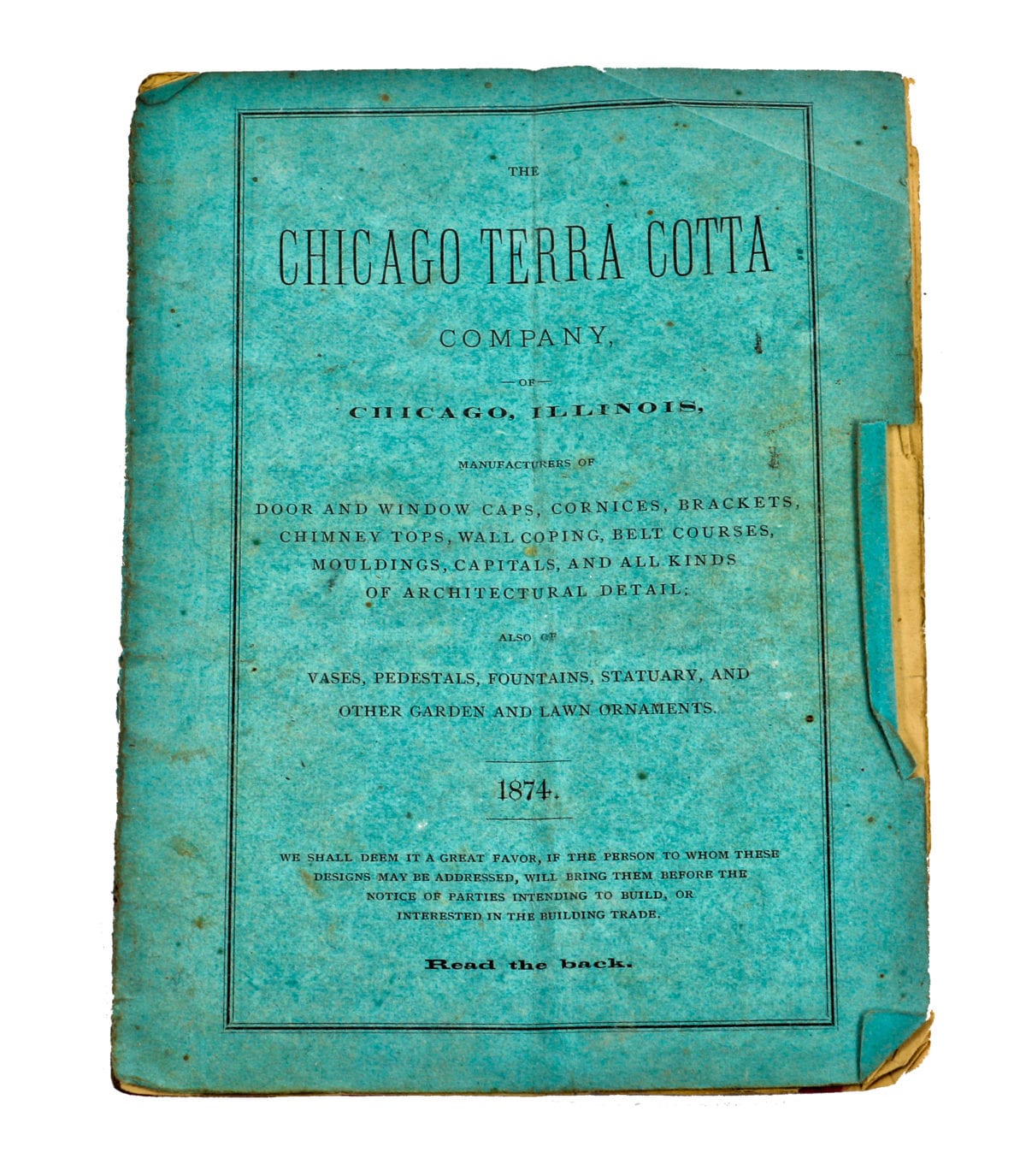
original 1874 chicago terra cotta company product catalog (courtesy of the bldg. 51 museum special collections - archives division)
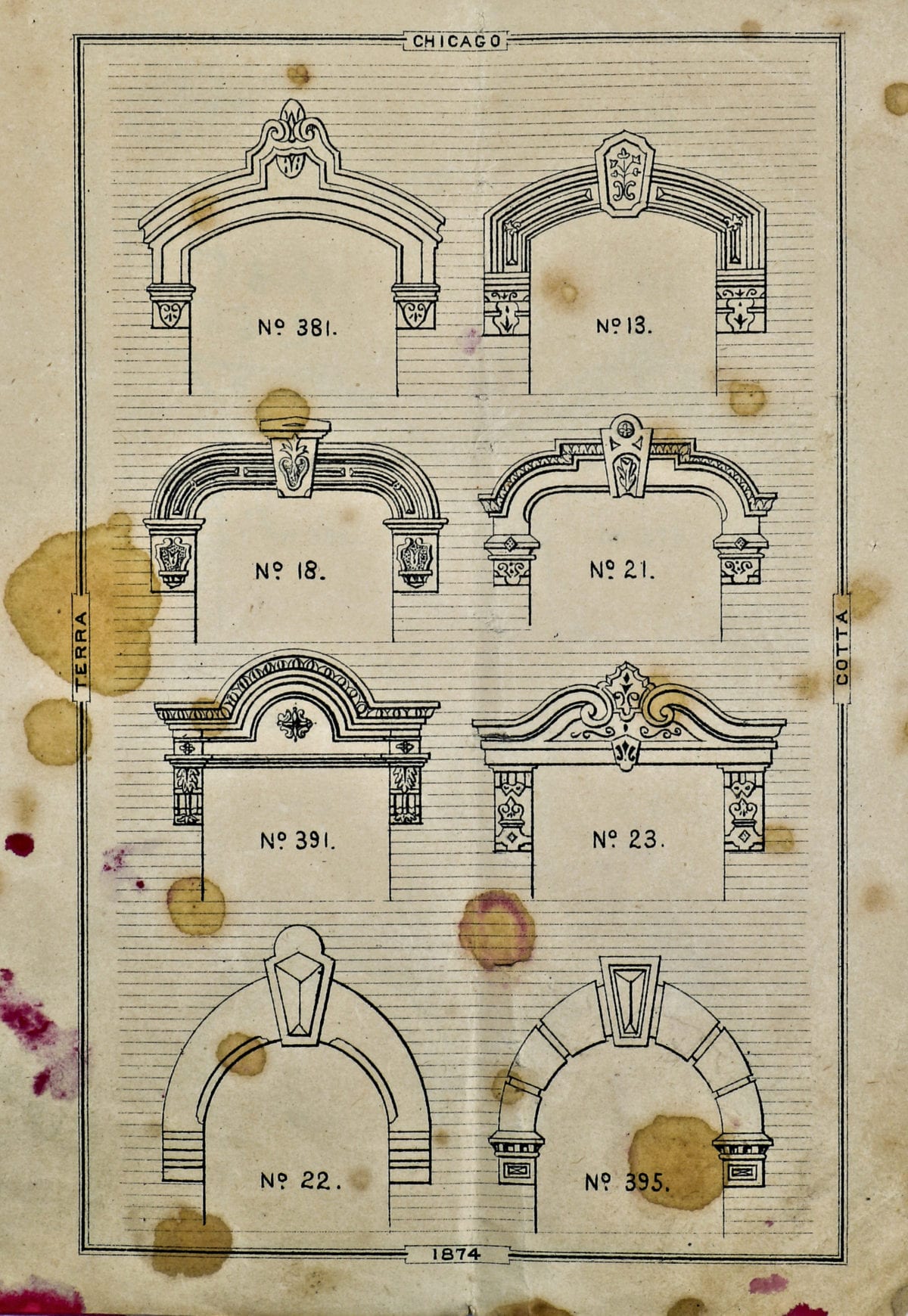
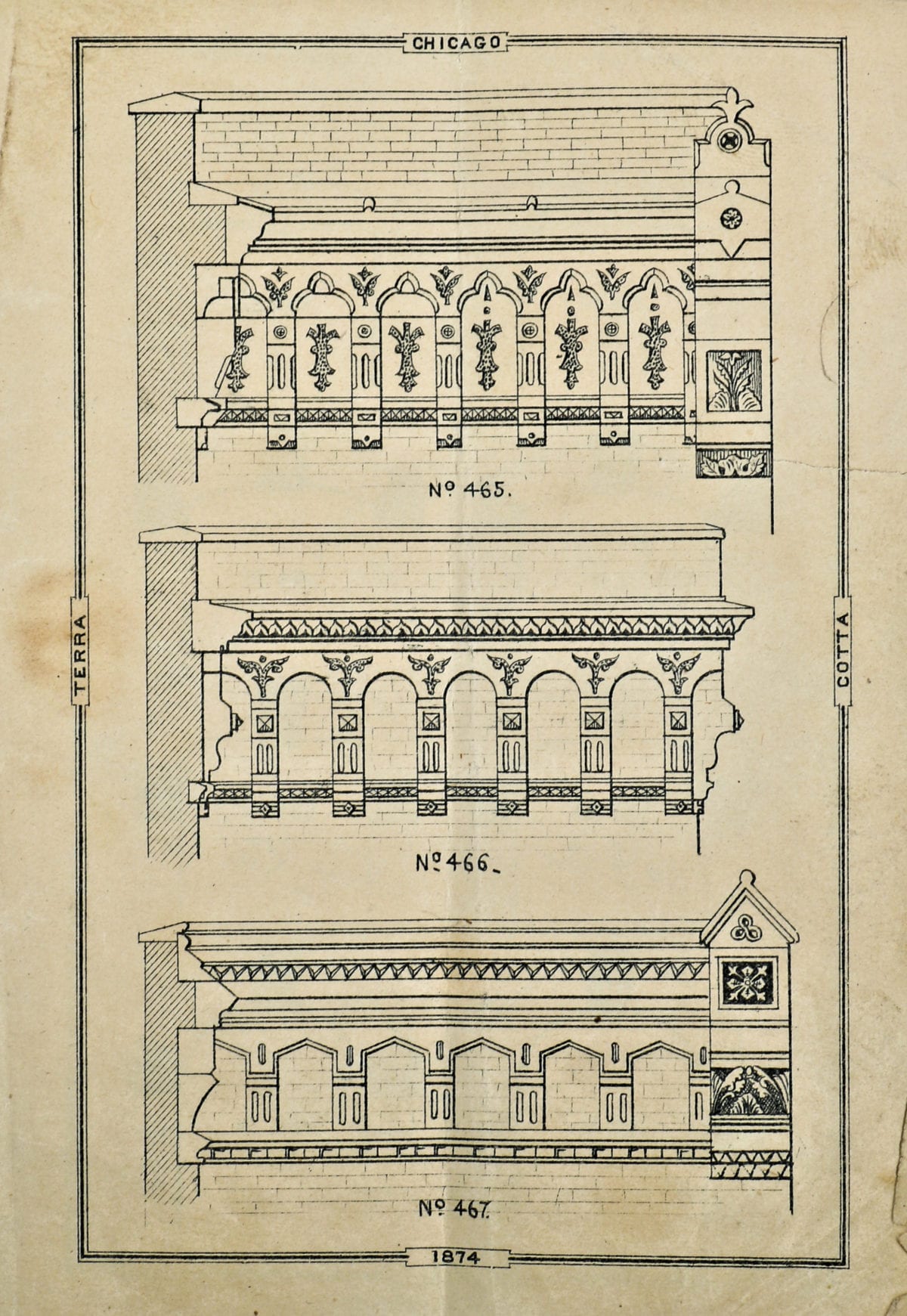
in addition to window and cornice ornament, the company fabricated terra cotta blocks for fireproofing cast iron columns, garden ornament, pressed tiles, and chimney pots, which were in such great demand that the company had a customized wagon outfitted with ladders to deliver and install pots on the chimneys of stately homes across the city.
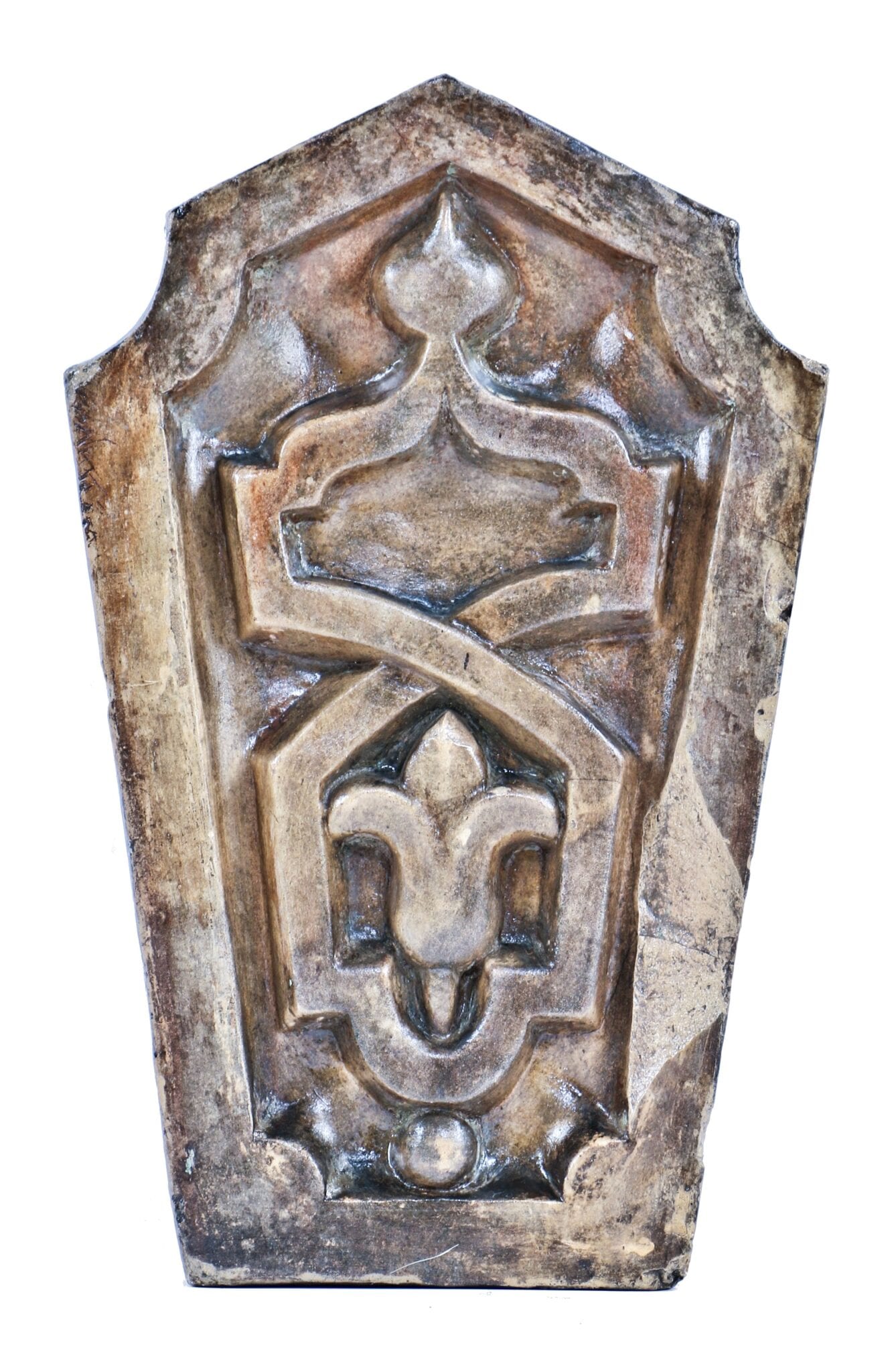
original 1872-76 exterior residential buff-colored terra cotta window hood keystone (courtesy of the bldg. 51 museum collection).
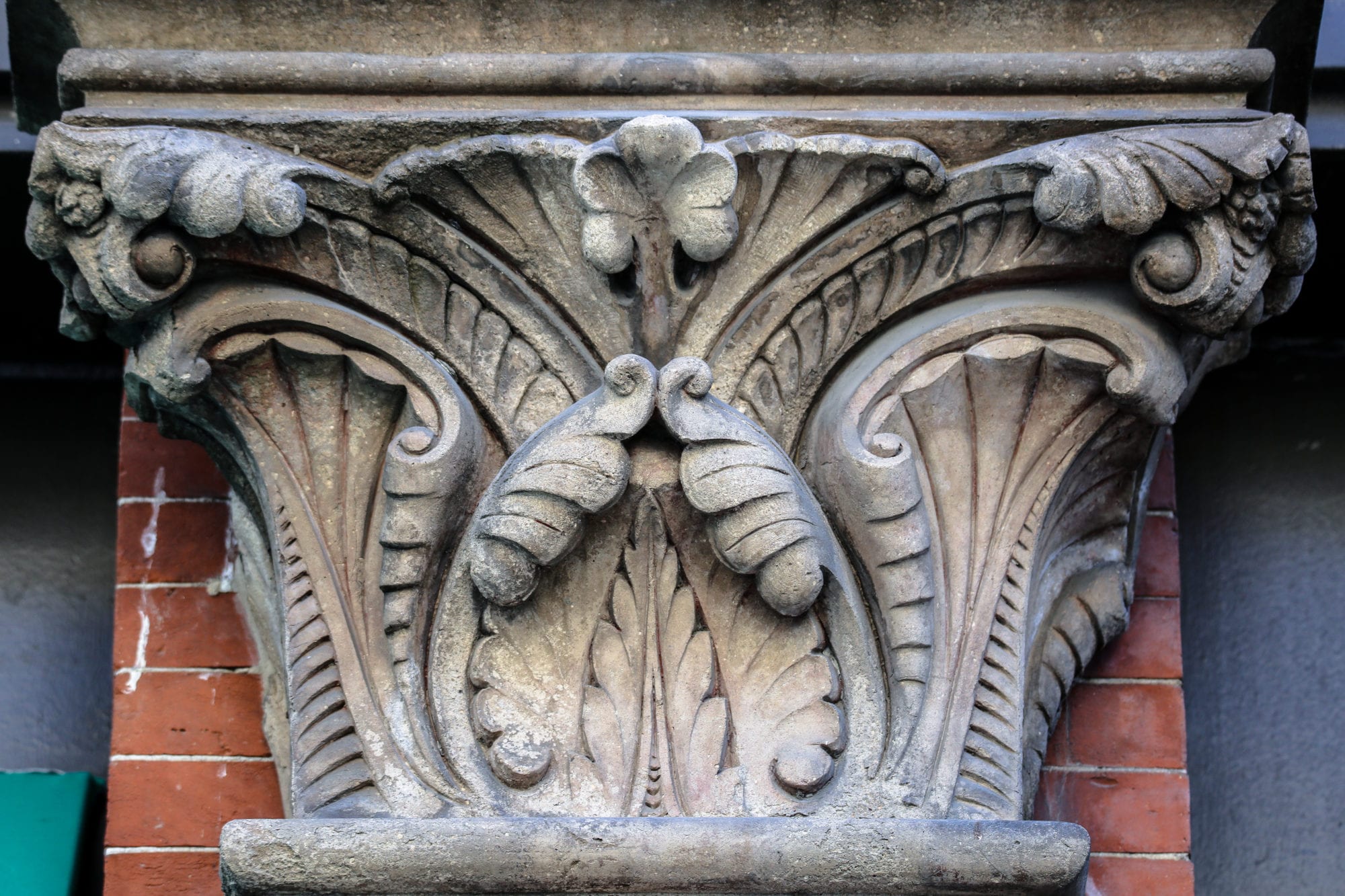
exterior facade detail - edward k. rogers building, completed in 1872. william boyington (chicago water tower), architect. the four-story commercial building was outfitted with ornamental terra cotta fabricated by the chicago terra cotta company. building address: 436 n. clark street, chicago, ills.
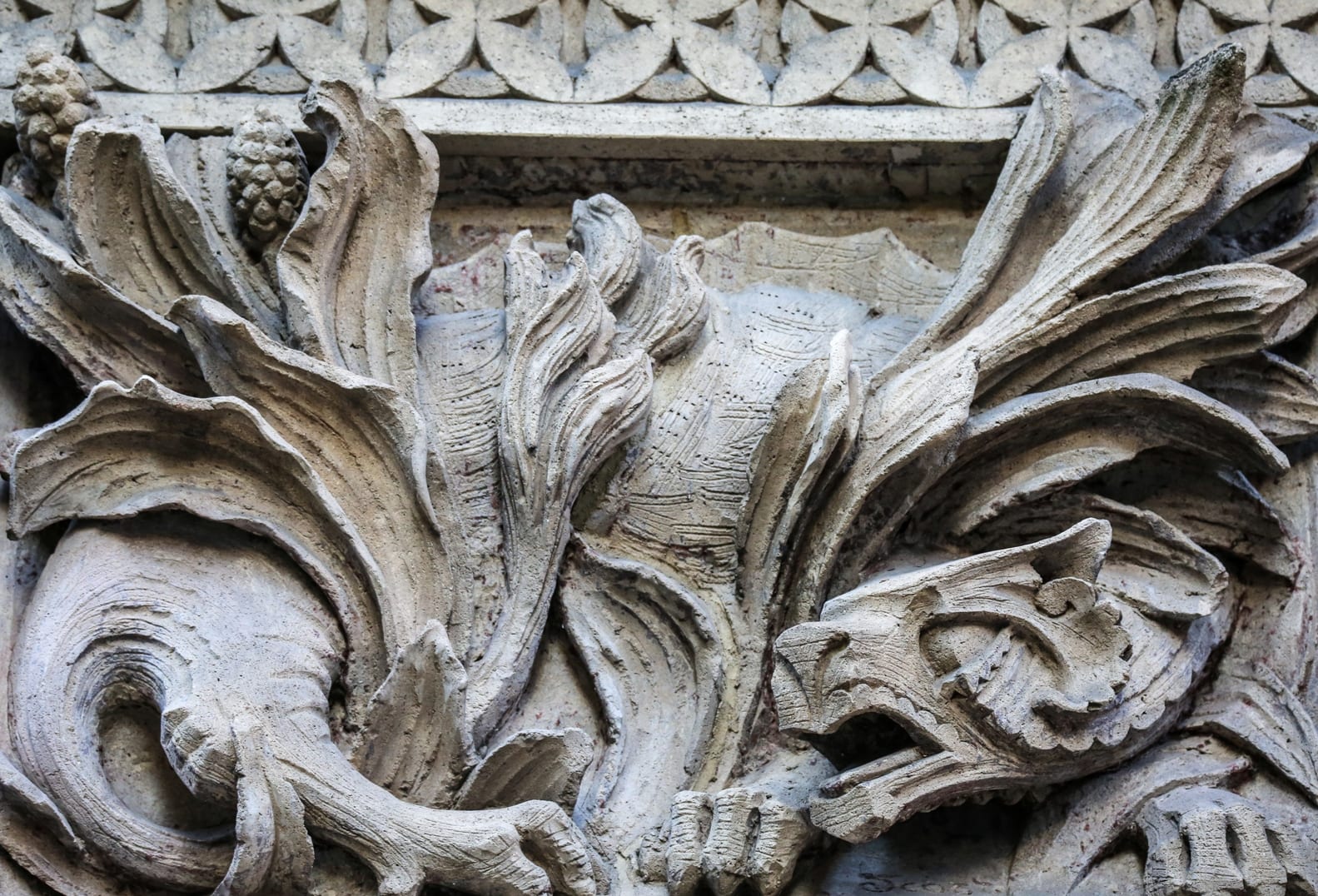
the terra cotta panel above was likely sculpted by isaac elwood scott for the chicago terra cotta company. the extant house was built in 1877 for luther mcconnell. isaac scott, a self-taught wood carver from philadelphia, moved to chicago in 1873, shortly after the great chicago fire. within a few years after arriving in chicago, scott became a partner with architect frederick w. copeland, which according to city directories, lists the firm as “scott and copeland, designers, carvers, and art wood workers.” a display featuring scott’s carved household furnishings was organized by architects william le baron jenney and p.b. wright for the 1875 inter-state industrial exposition. scott went on to create furniture for the architectural firm of burnham and roots as well as jenney throughout the 1870’s. in addition to furniture, scott was hired on as a modeler of architectural ornament for the chicago terra cotta company. In 1878 scott designed a coach house for john j. glessner’s home in association with architect and furniture designer asa lyon. in 1879 scott made pilgrim vases with relief decorations at the chelsea ceramic art works in massachusetts. during the early 1880’s scott began designing textiles and embroidery patterns. from 1882 to 1884 he taught wood carving at the chicago society of decorative art. towards the end of 1884, scott left chicago to design interiors in new york city.
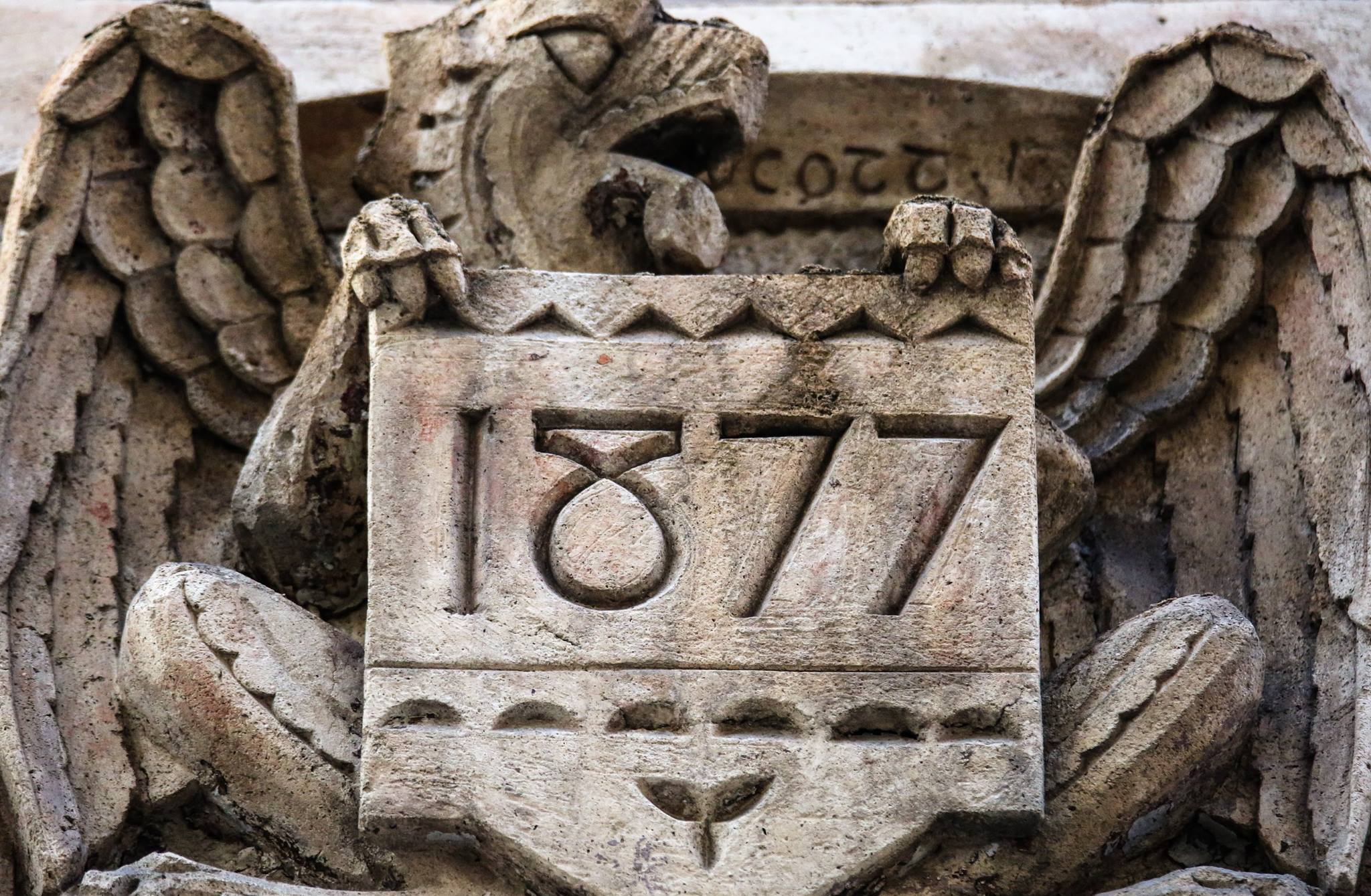
note: this entry is in a preliminary research stage. additional artifacts, images, and articles will be added in the coming weeks when time permits.
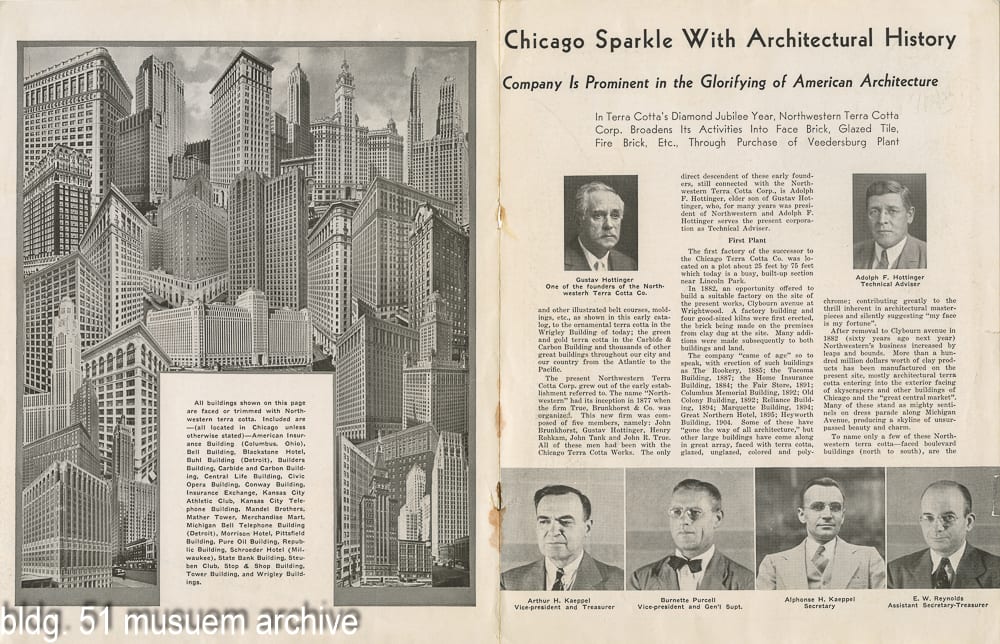
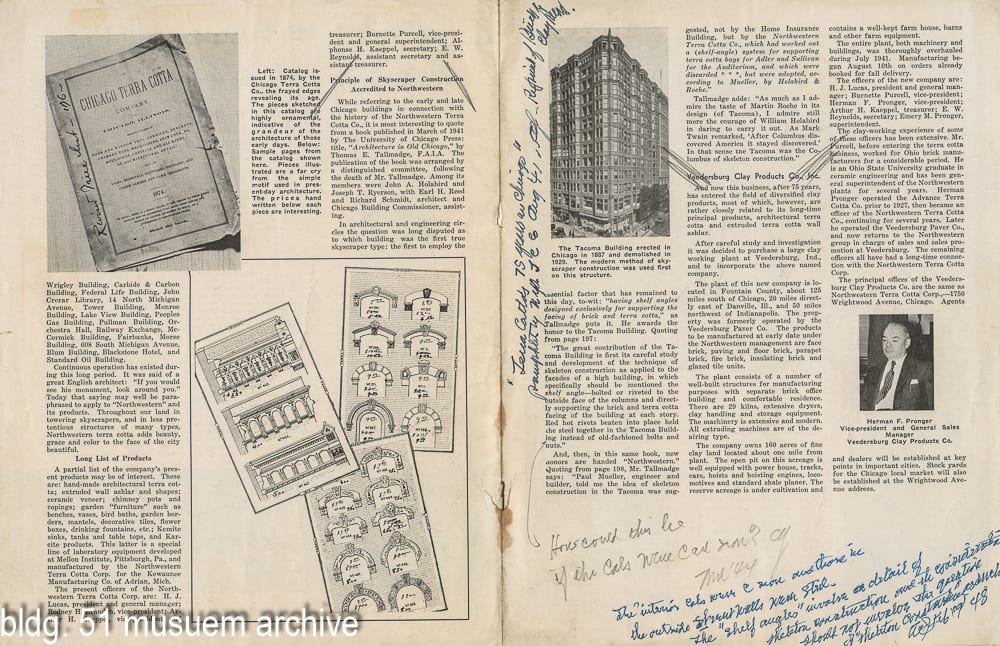
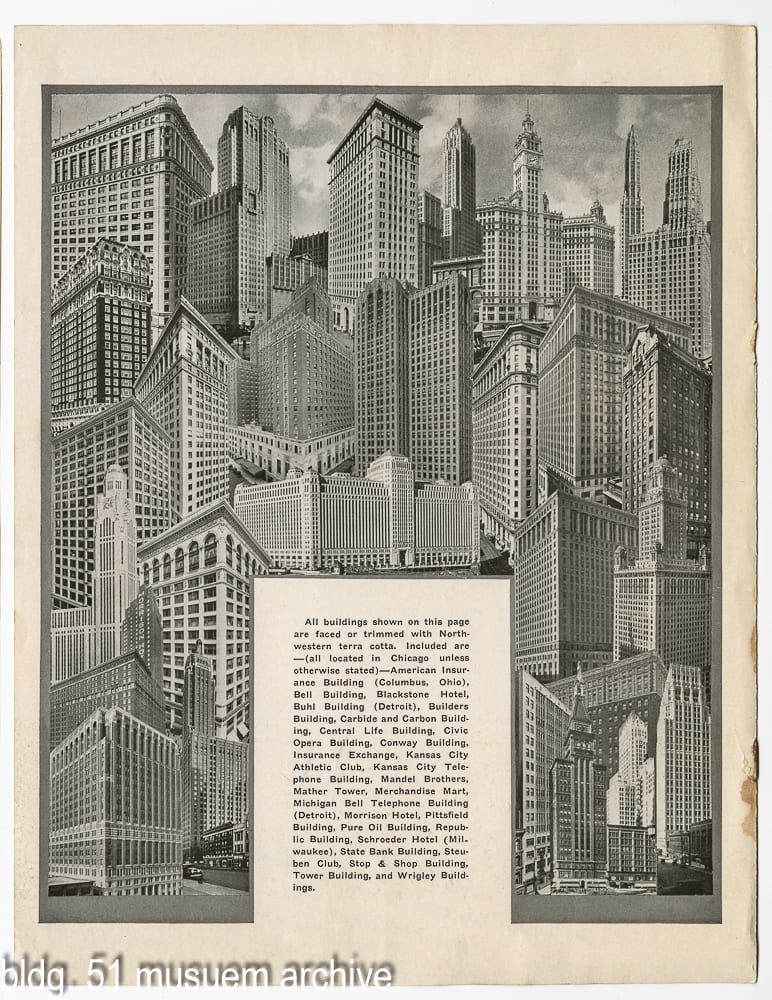
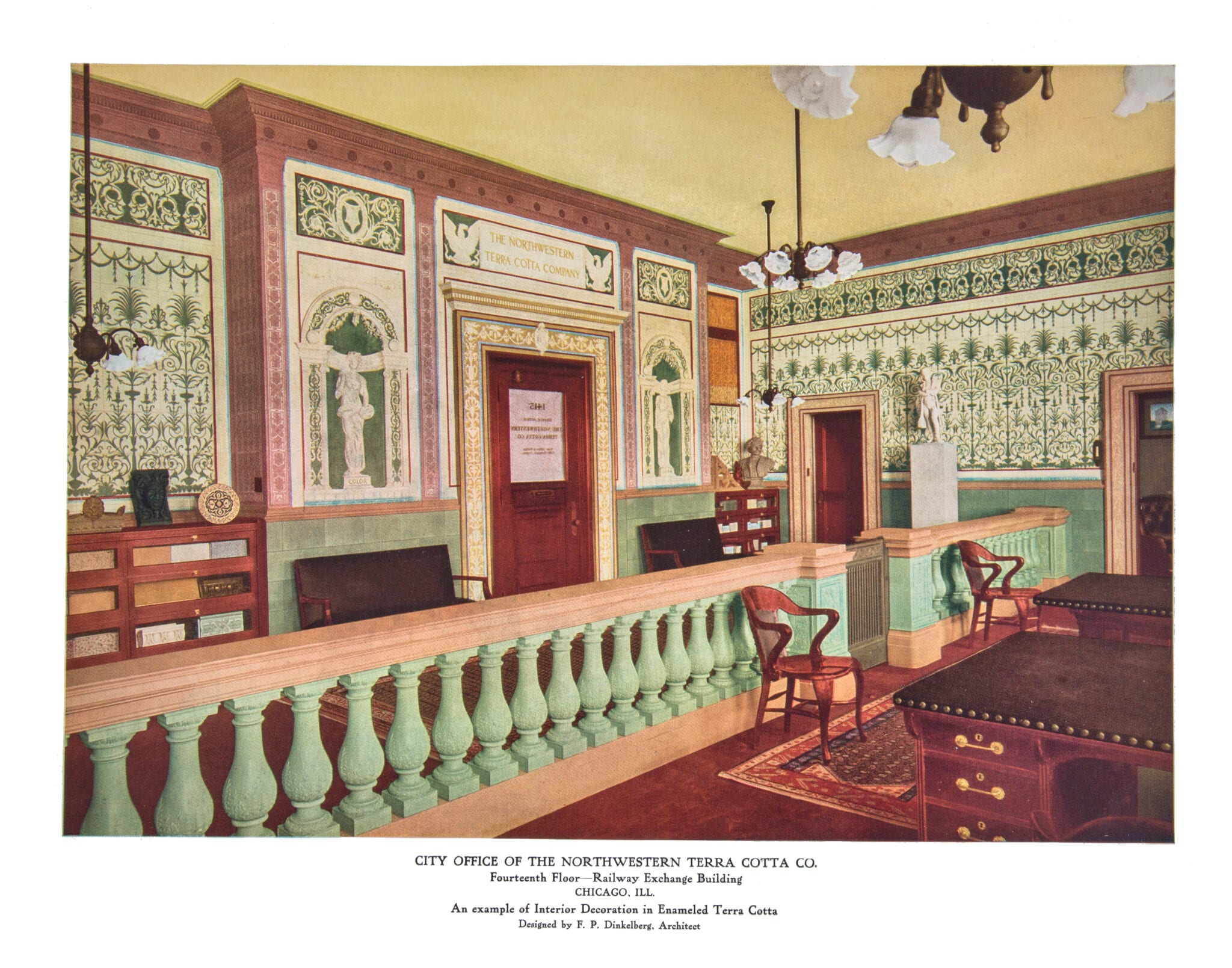
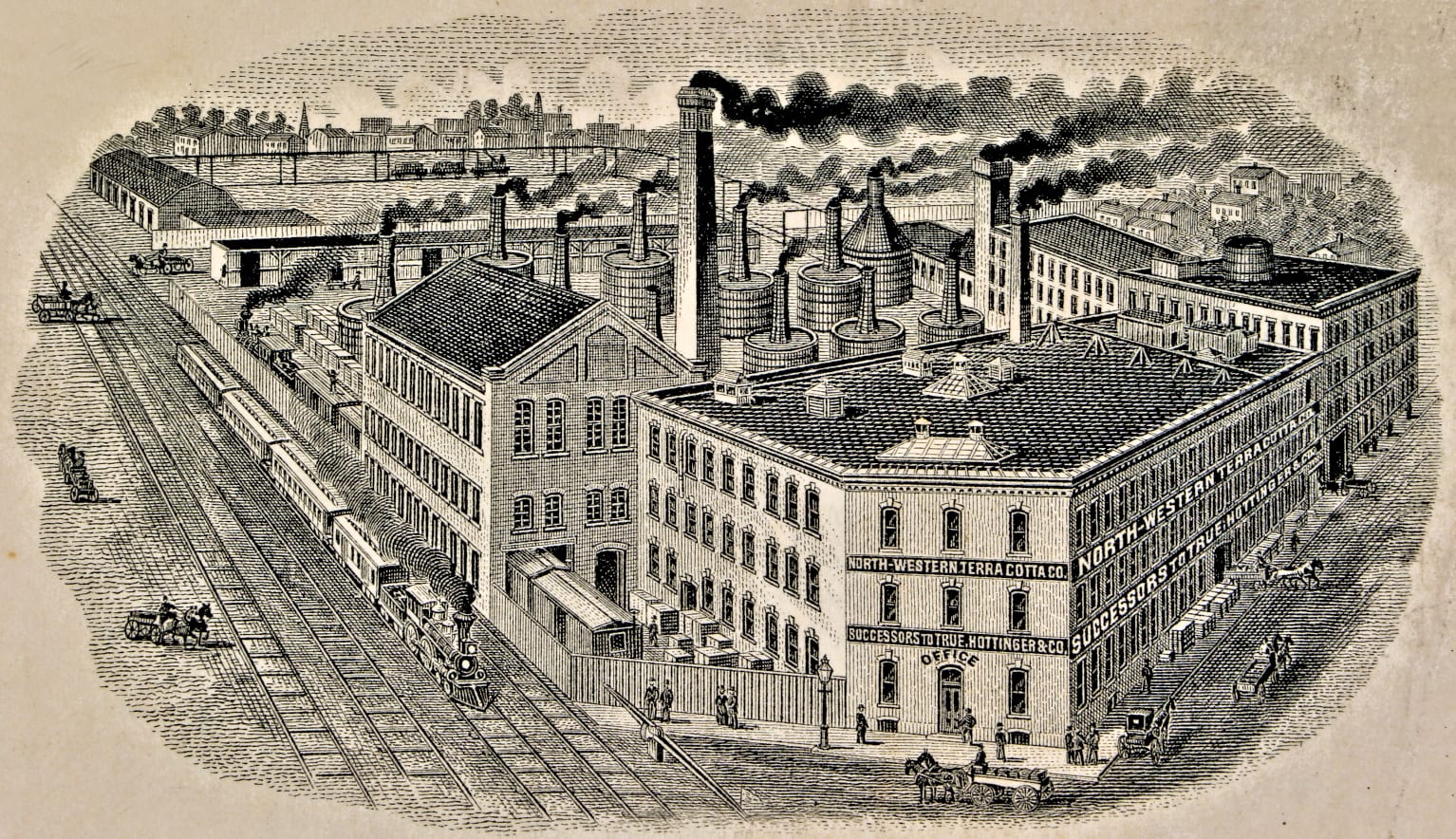
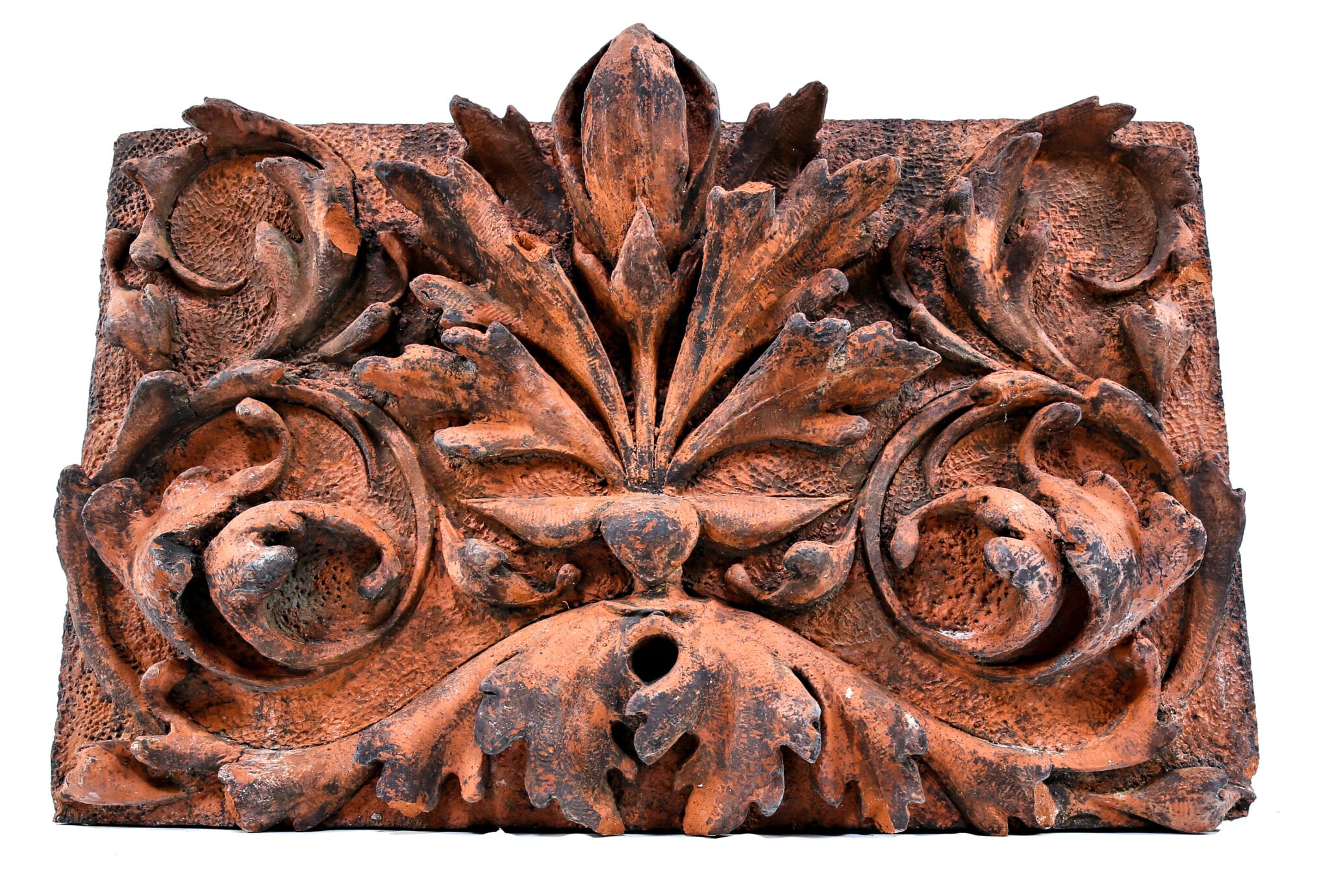
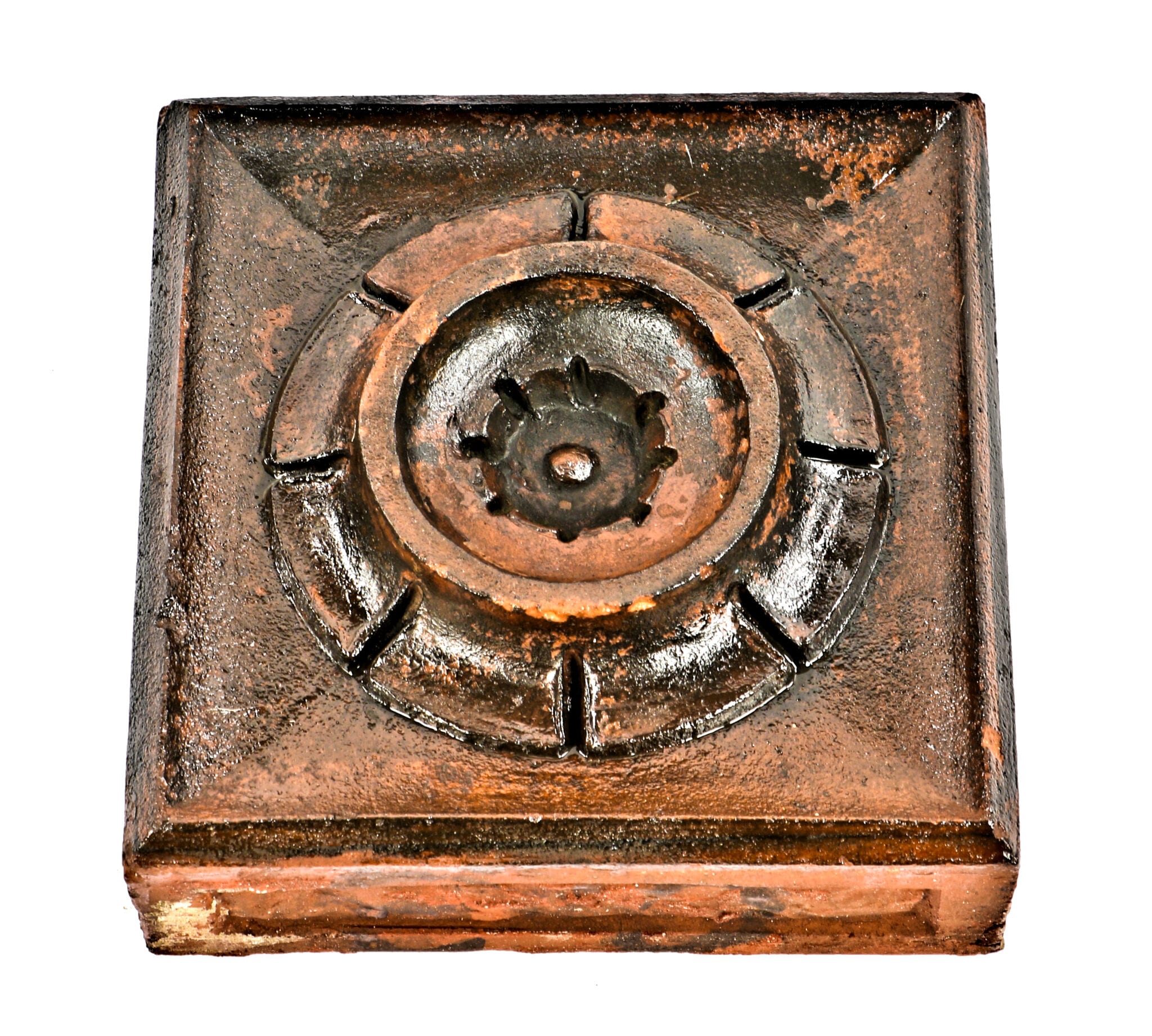
This entry was posted in , Miscellaneous, Bldg. 51, New Products, Events & Announcements, New Acquisitions, Featured Posts & Bldg. 51 Feed on May 22 2022 by Eric
WORDLWIDE SHIPPING
If required, please contact an Urban Remains sales associate.
NEW PRODUCTS DAILY
Check back daily as we are constantly adding new products.
PREMIUM SUPPORT
We're here to help answer any question. Contact us anytime!
SALES & PROMOTIONS
Join our newsletter to get the latest information
























